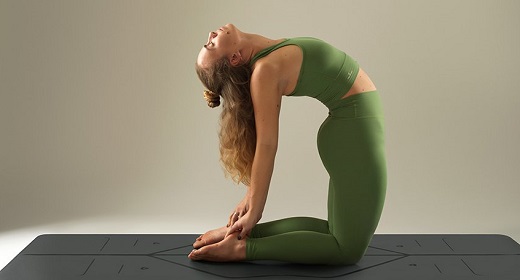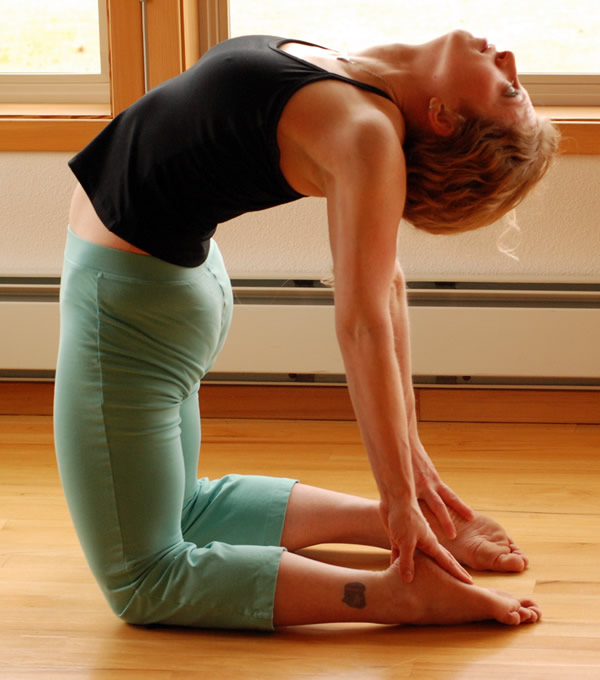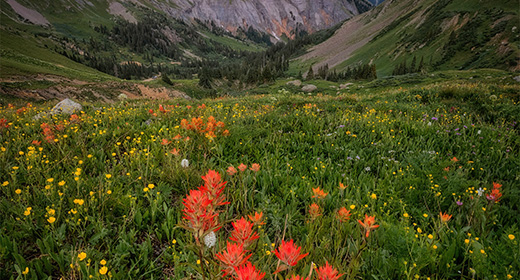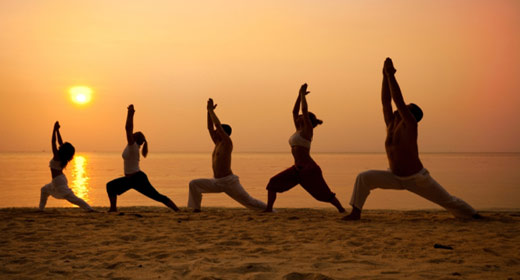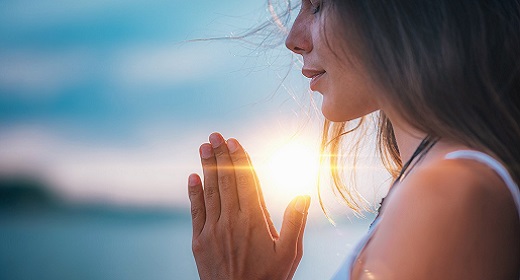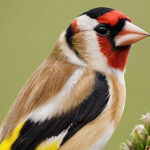Ustrasana,The posture improves core strength, spinal, hip and shoulder flexibility and stamina…
Camel Pose – Ustrasana
The name comes from the Sanskrit words Ushtra (उष्ट्र, Uṣṭra) meaning “cameland Asana (आसन, Āsana) meaning “posture” or “seat”. It is a very deep backward bend performed in a kneeling position. Many people find backbends difficult or challenging, because bending backwards is not an activity with which most are familiar. As a stretch it opens the whole of the front of the body, including the hip flexors and pectoral muscles. Traditionally it is seen as opening the “heart centre”.
Practice of Camel Pose – Ustrasana
- Come up onto your knees. Take padding under your knees if they are sensitive.
- Draw your hands up the side of your body as you start to open your chest.
- Reach your hands back one at a time to grasp your heels.
- Bring your hips forward so that they are over your knees.
- Let your head come back, opening your throat.
- Beginners: Curl your toes under and come to the balls of your feet if you cannot reach your heels when the feet are flat, or use blocks on either side of your feet.
Benefits of Camel Pose – Ustrasana
- Ustrasana benefits to stretch out muscles around neck, chest and abdomen region.
- It toughens up back muscles, gluteal muscles and triceps of the arms.
- In advance it also offers massage to organs and chakras around the abdomen area.
Cautions for Camel Pose – Ustrasana
Practicing Ustrasana can make many beginners new to yoga feel distinctly ill, with lightheadedness or nausea being quite common after-effects. However, this does usually improve with practice.







